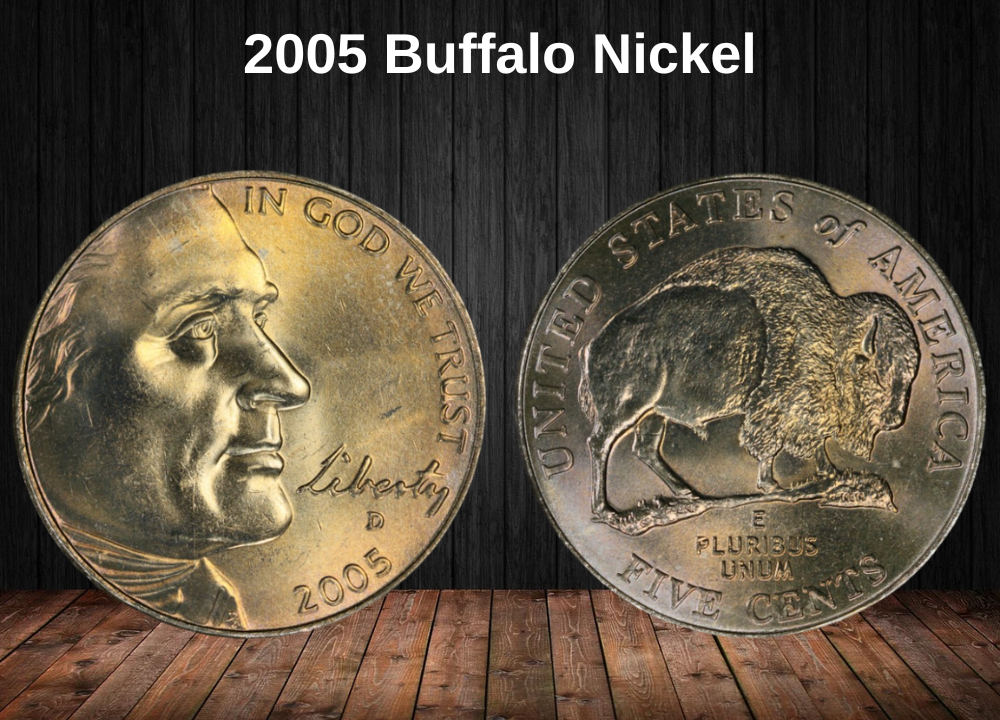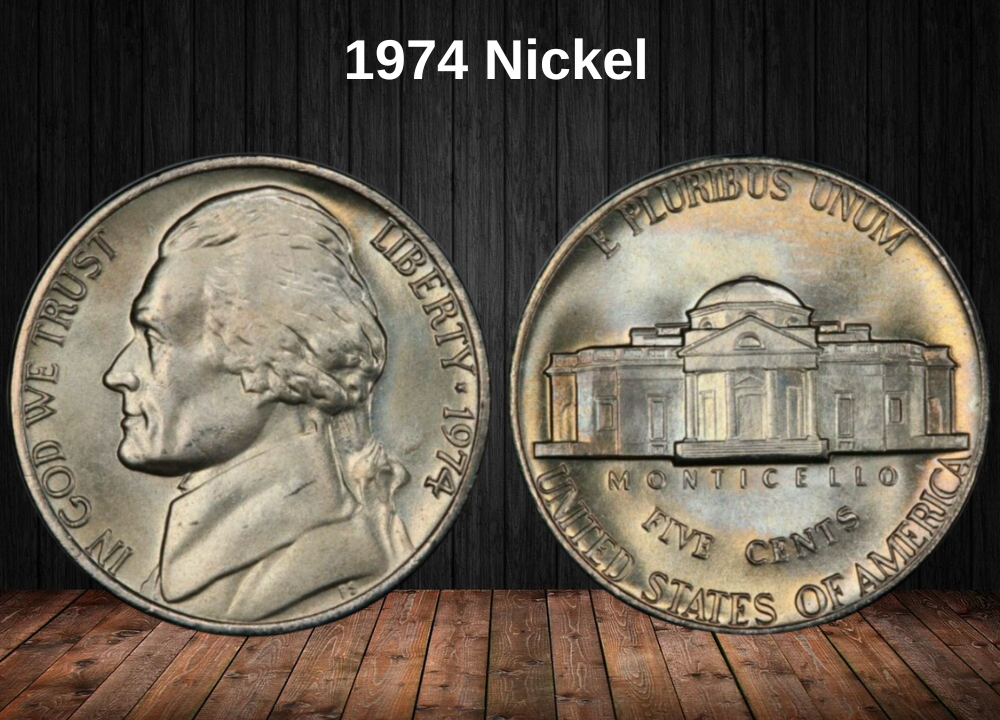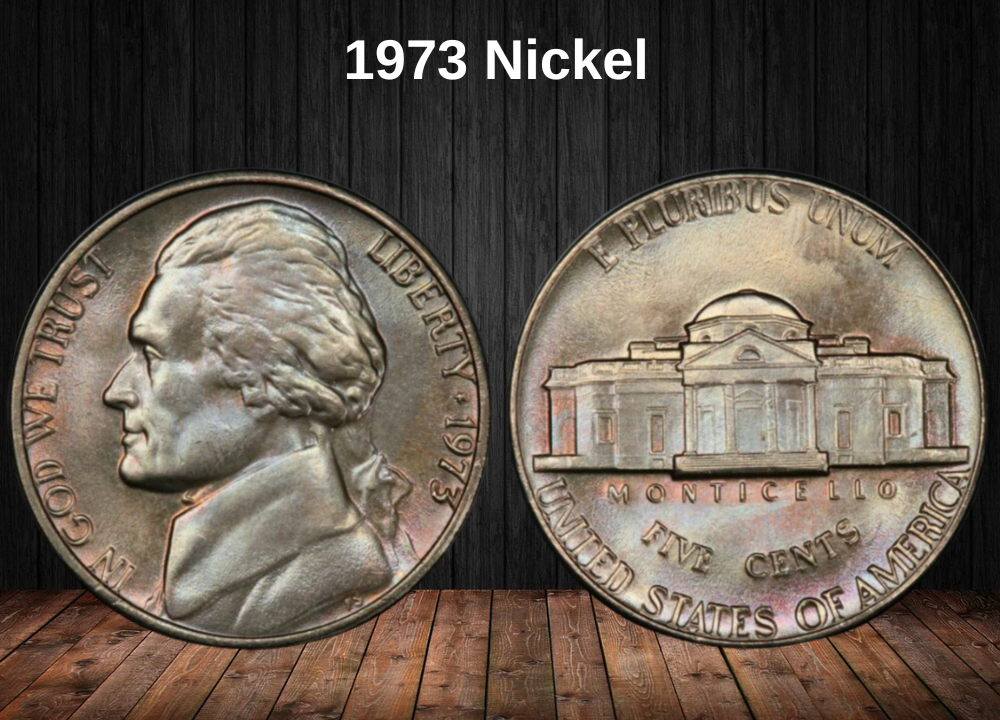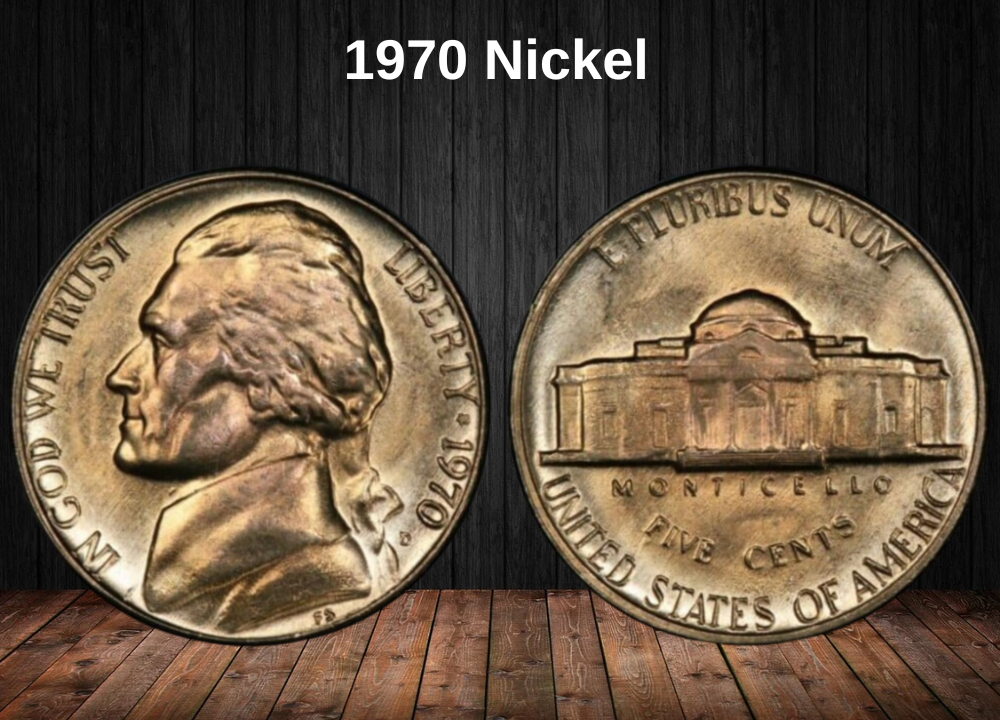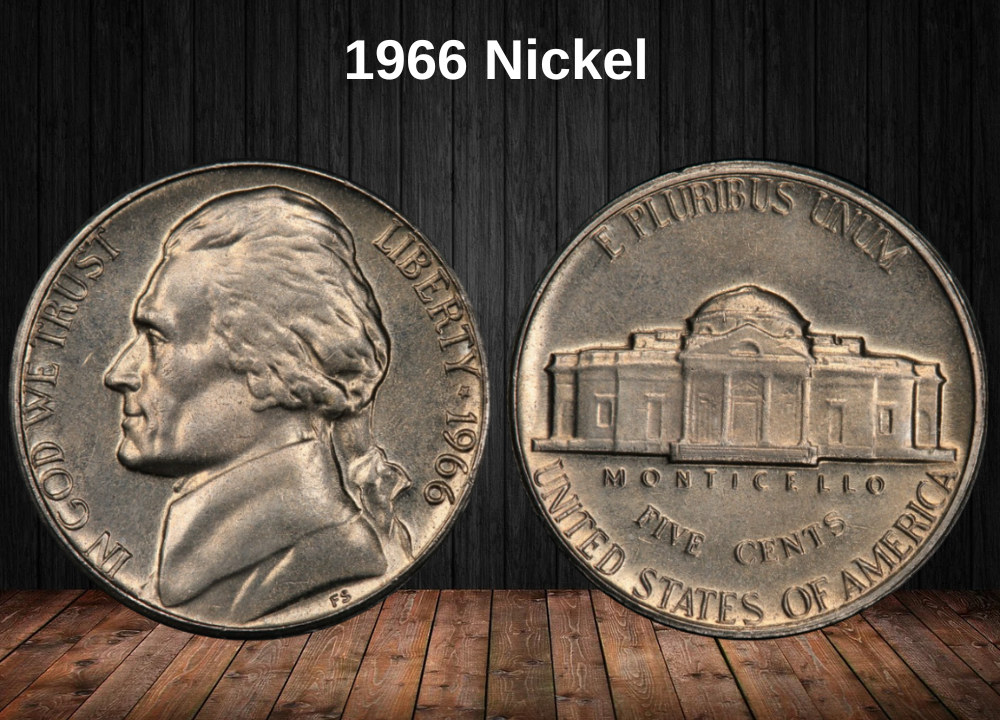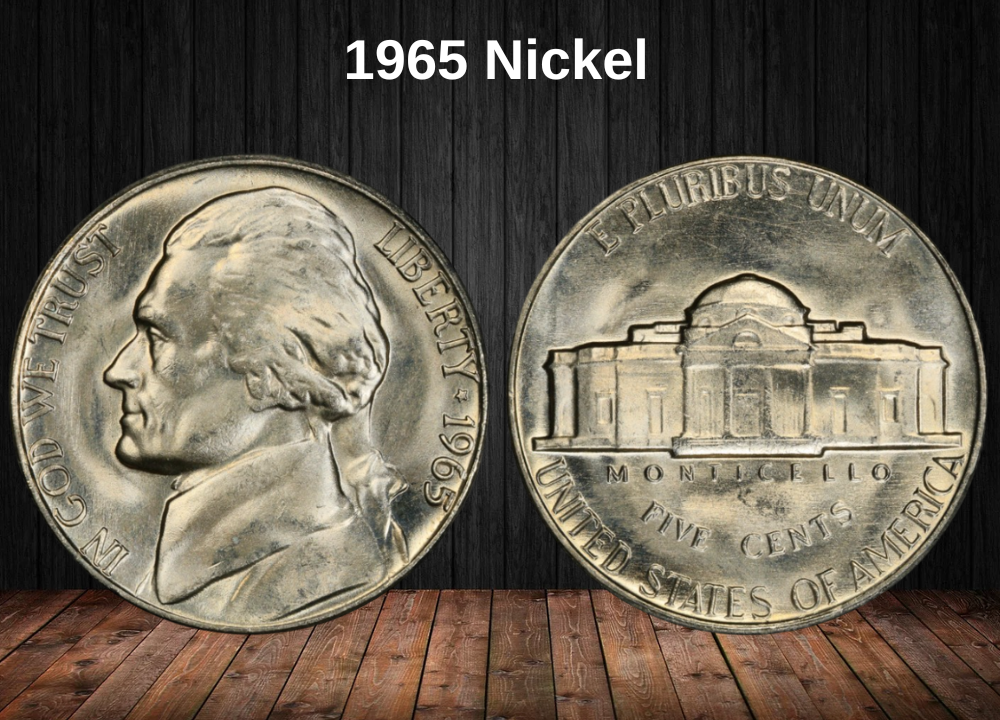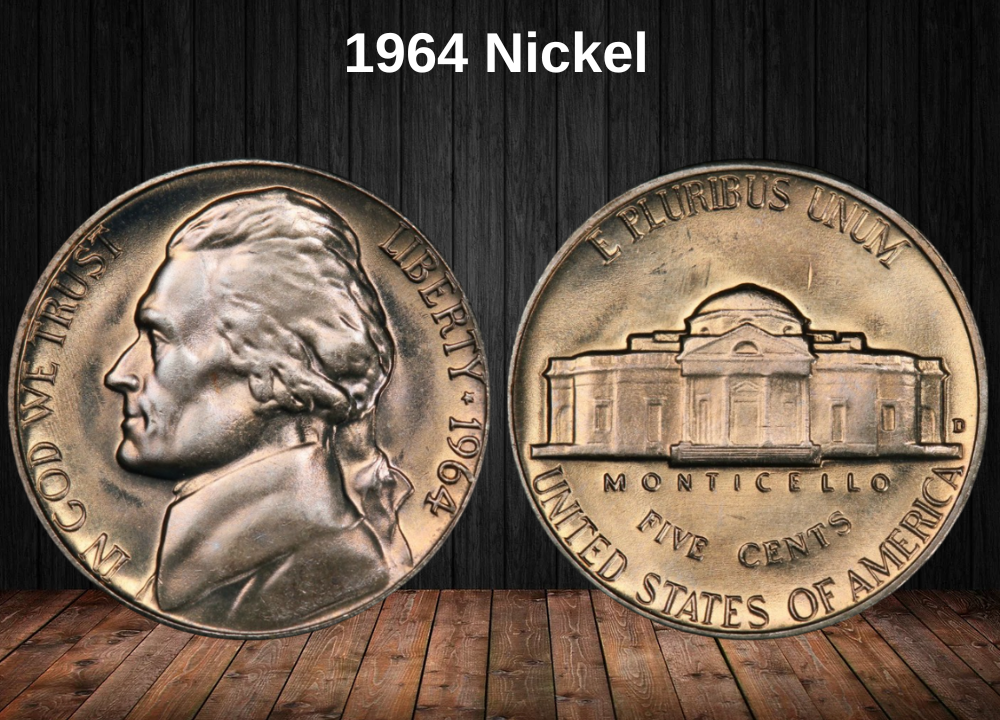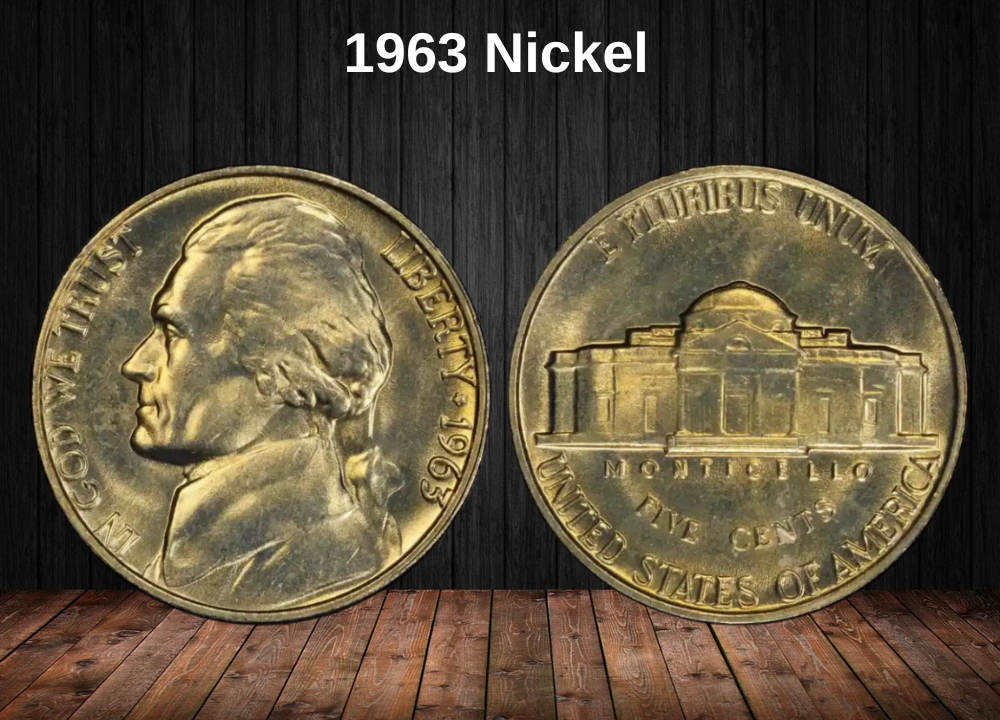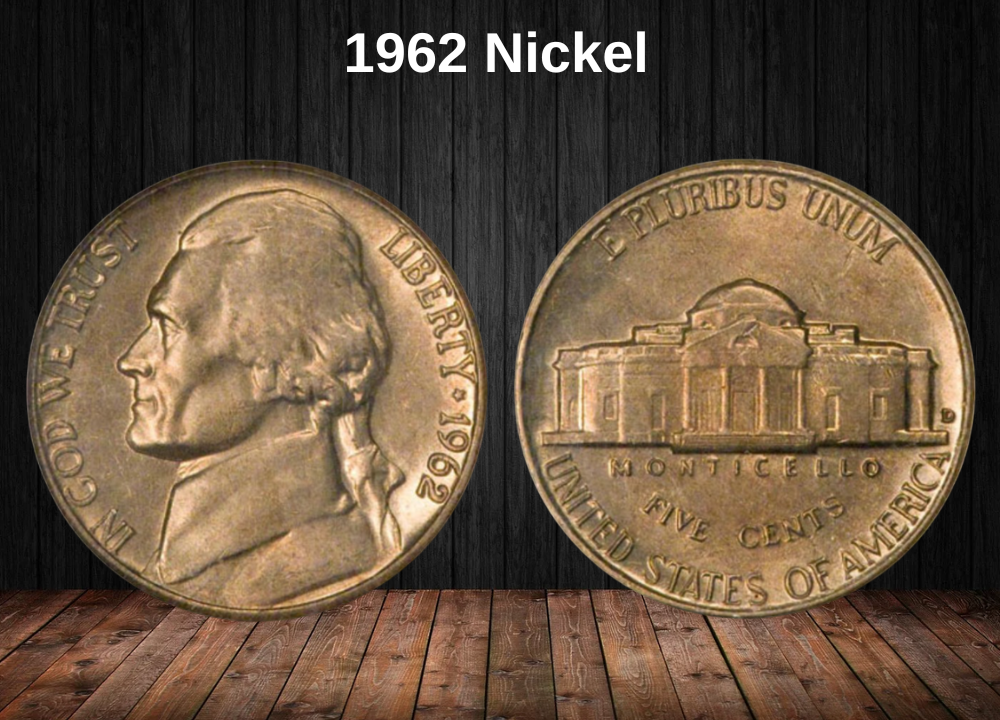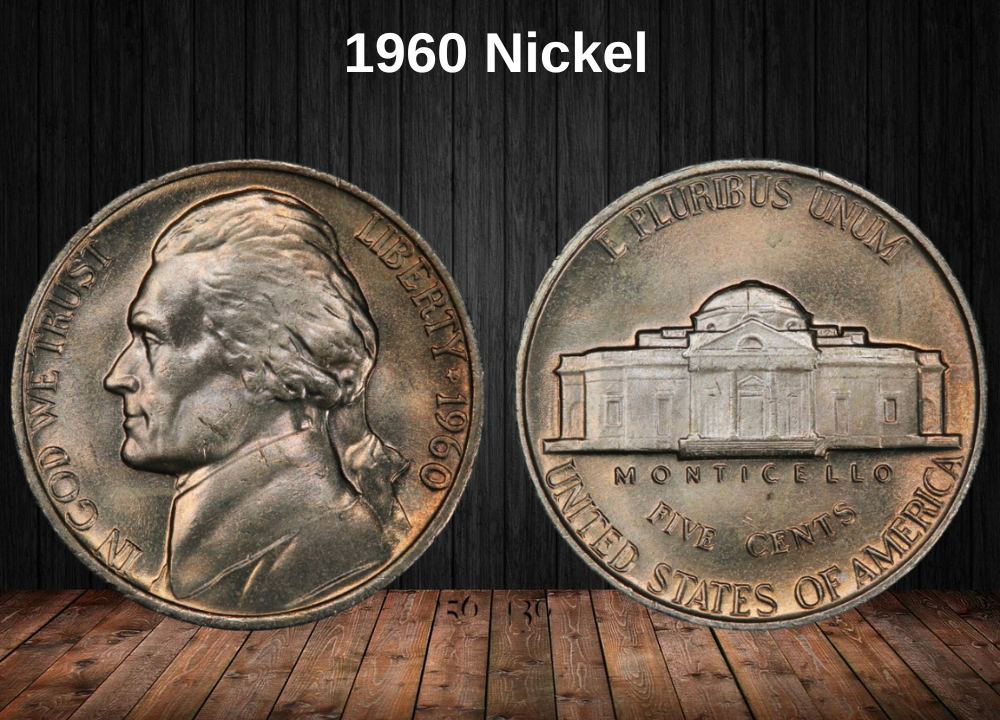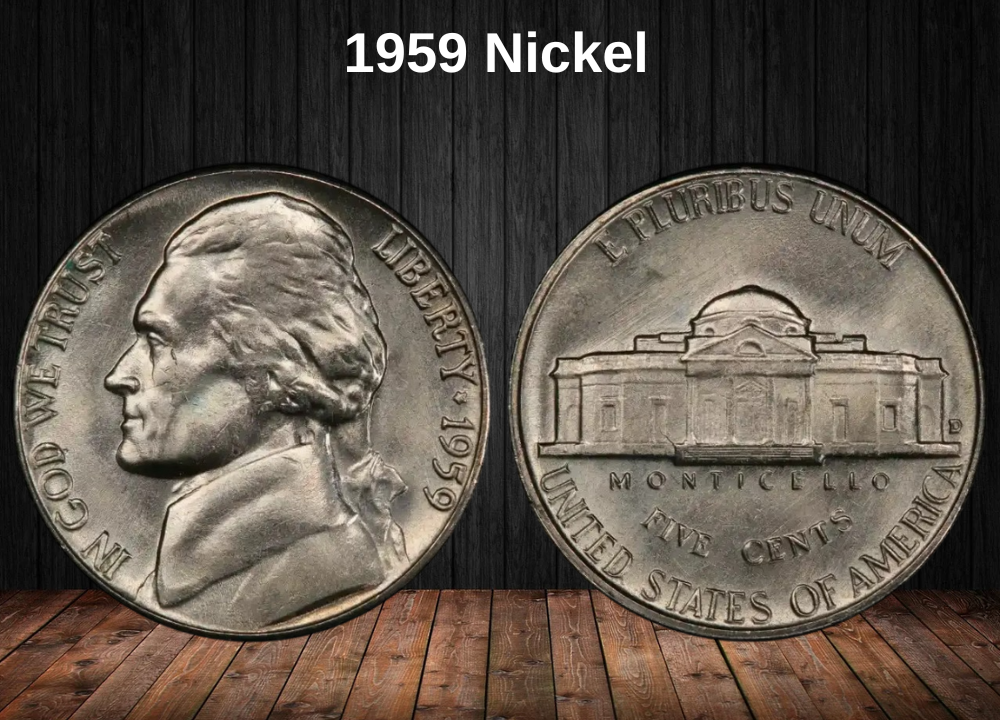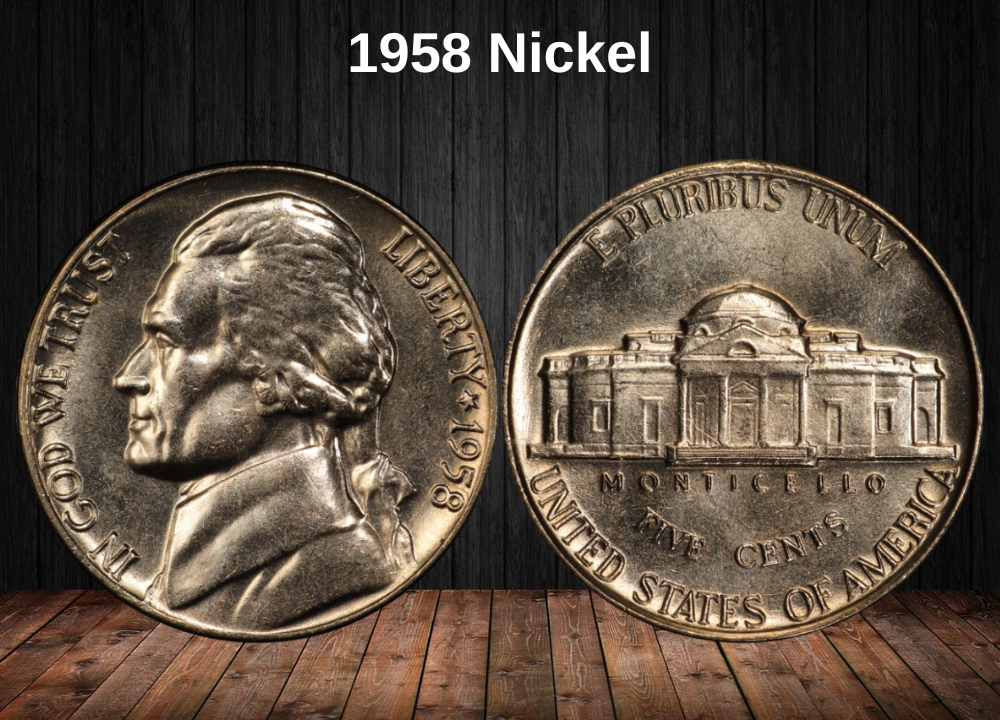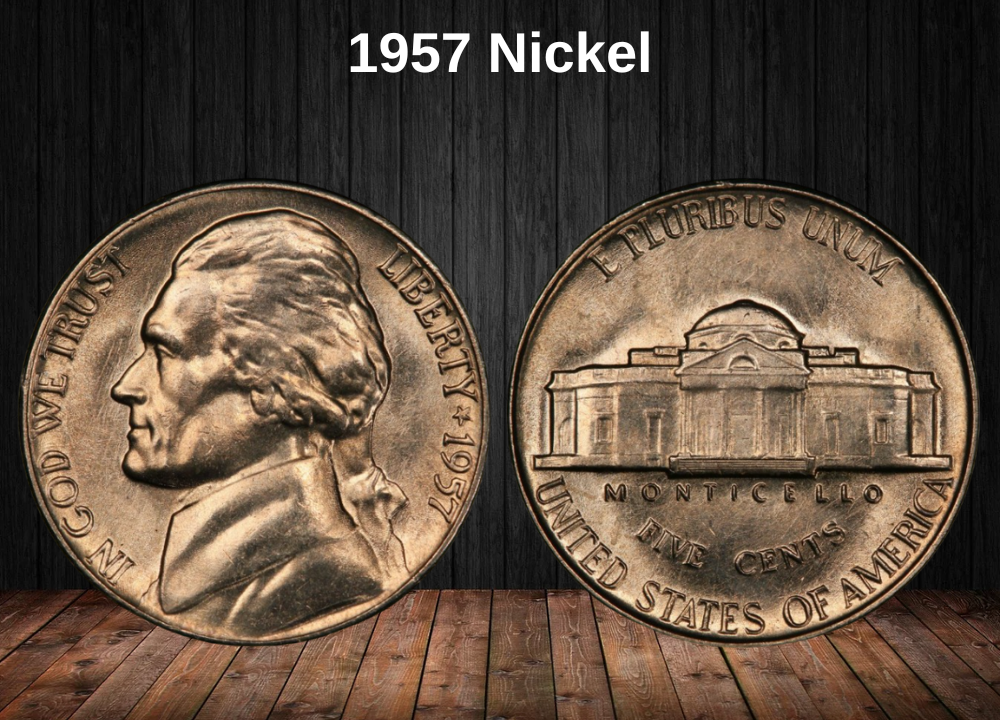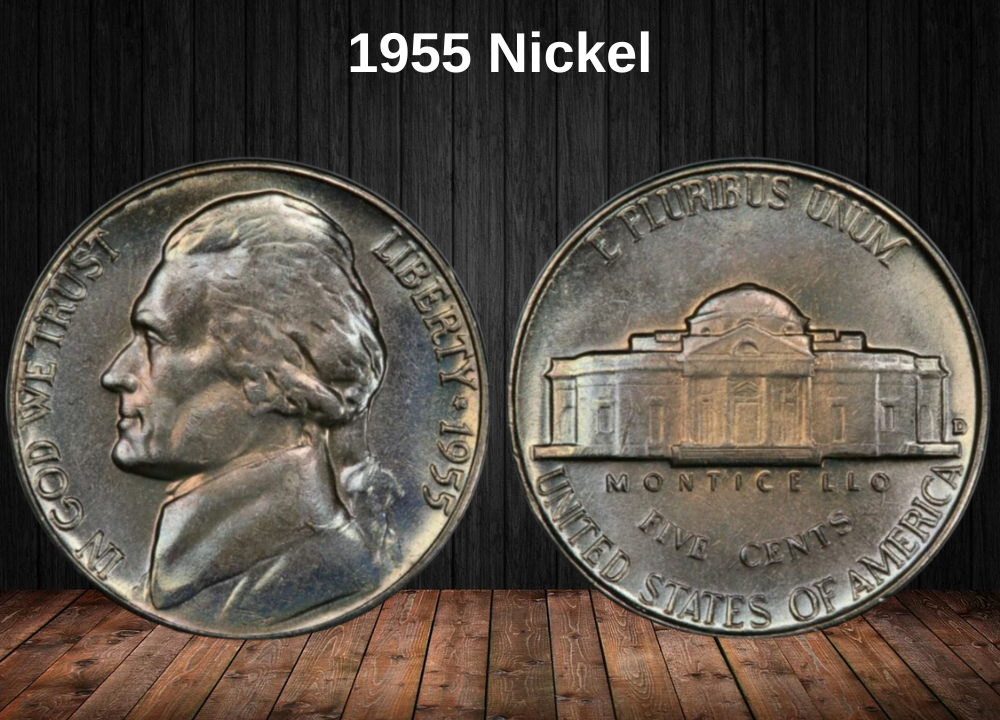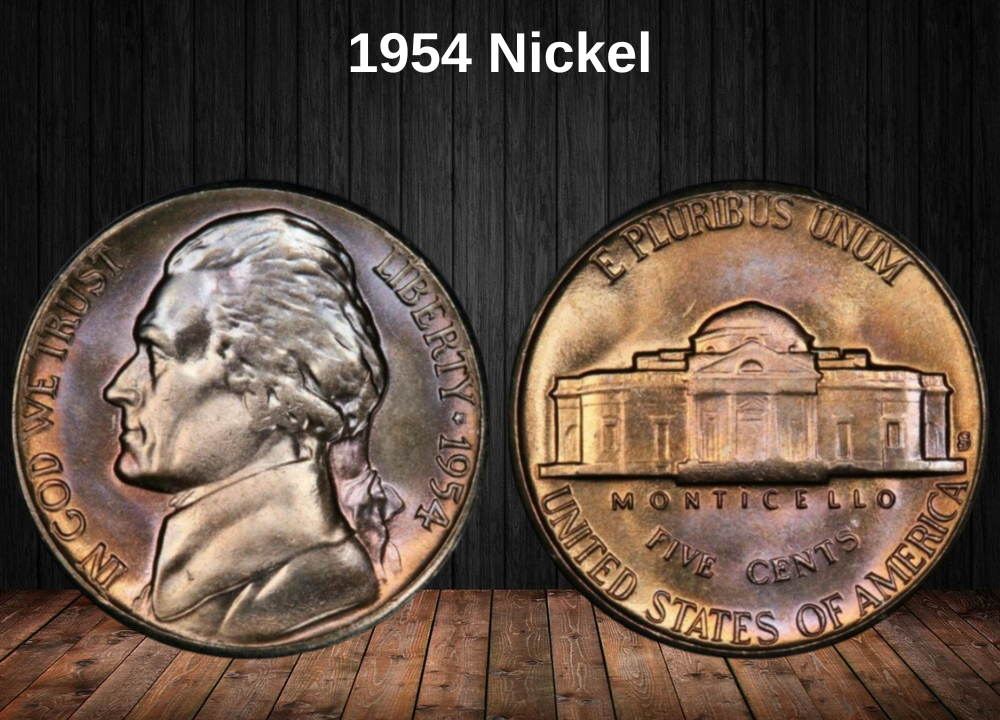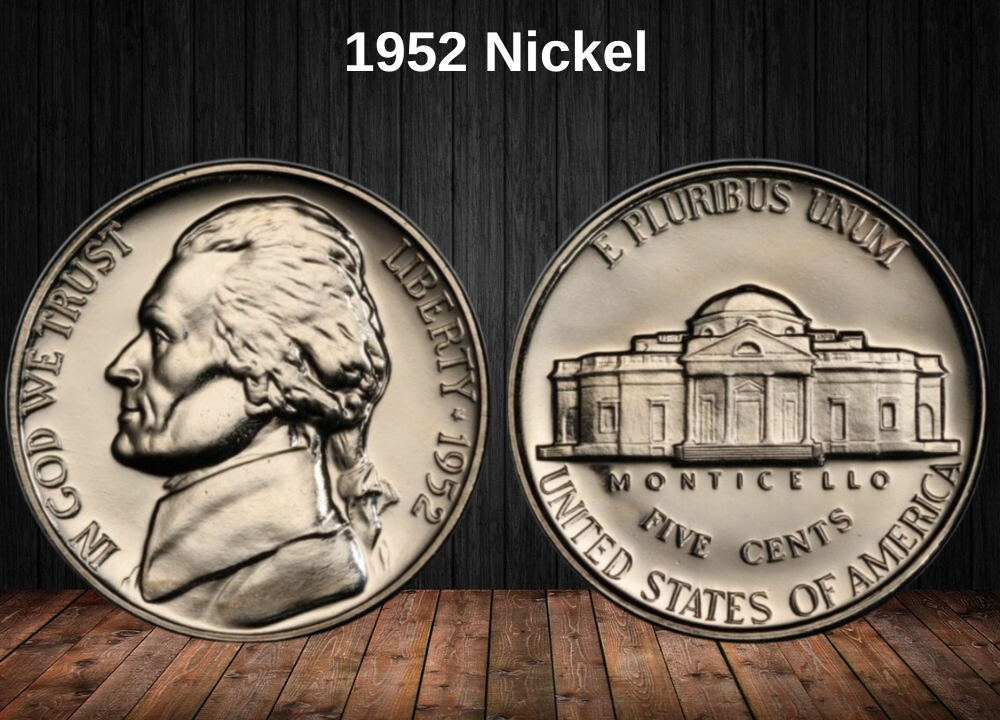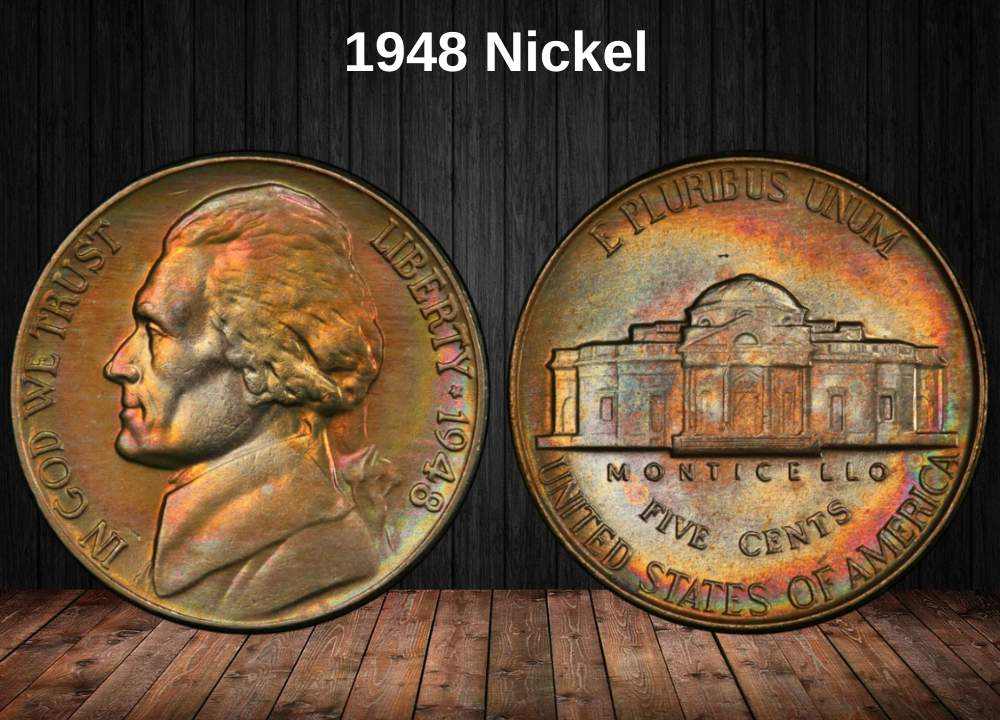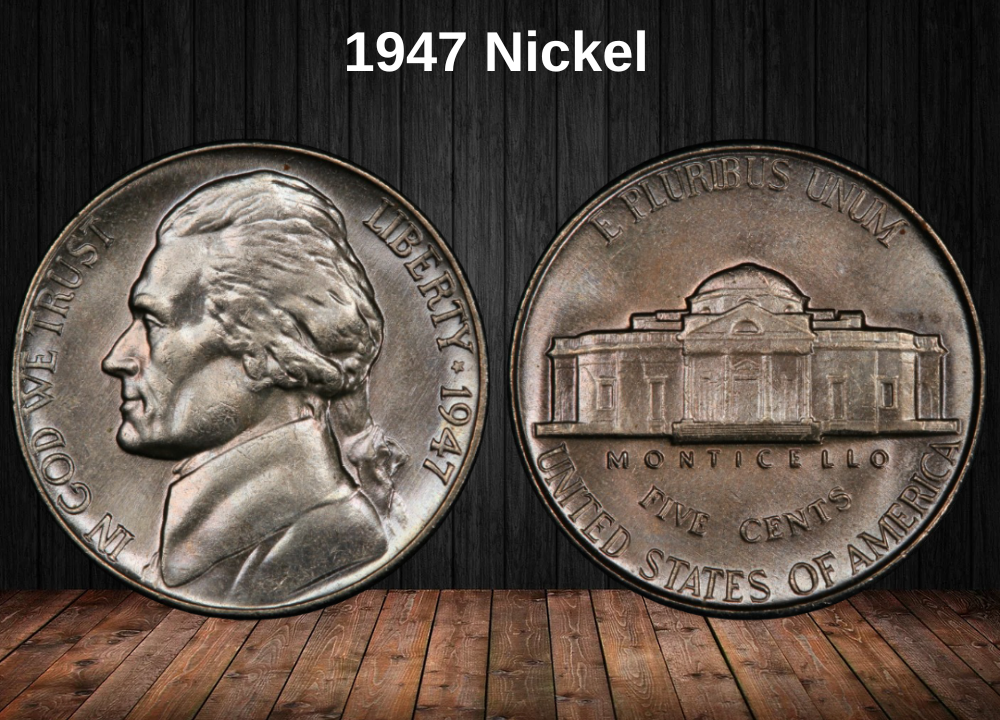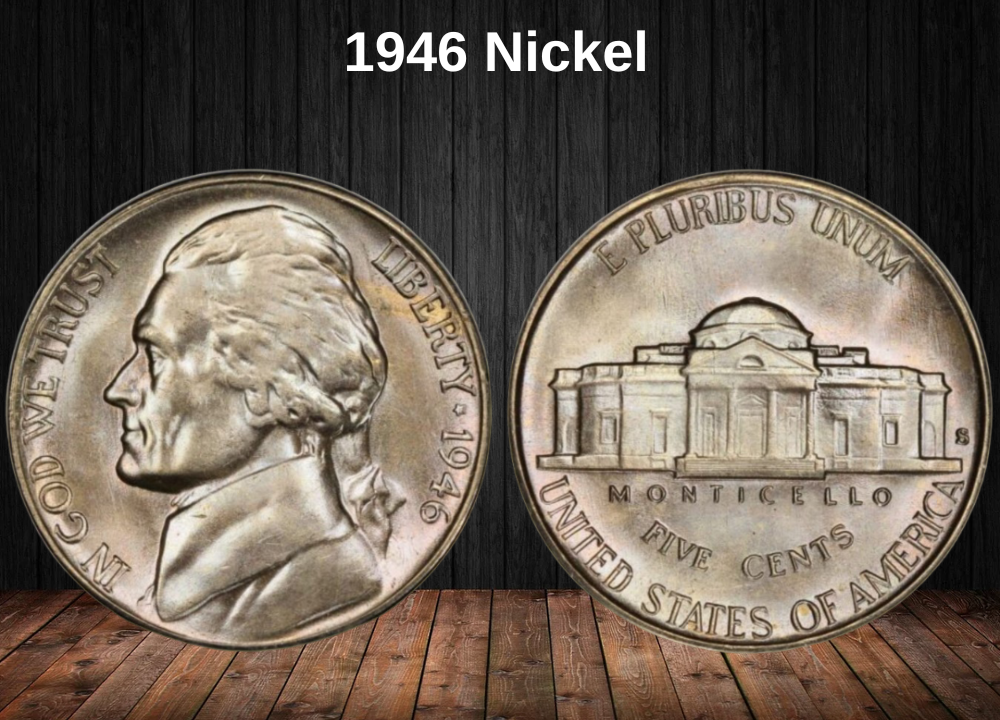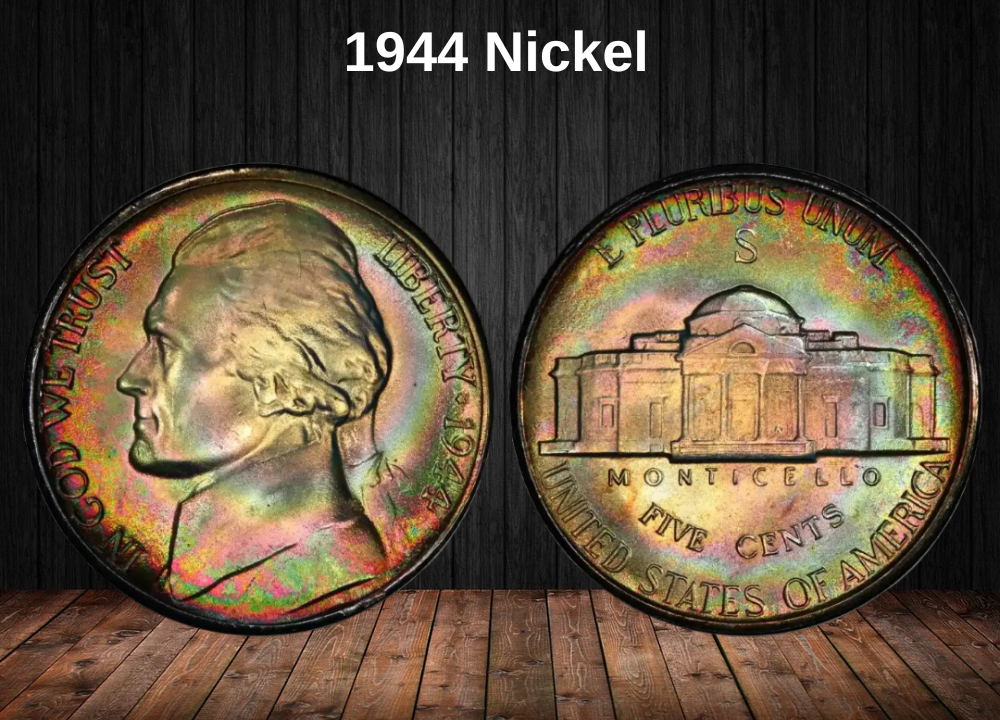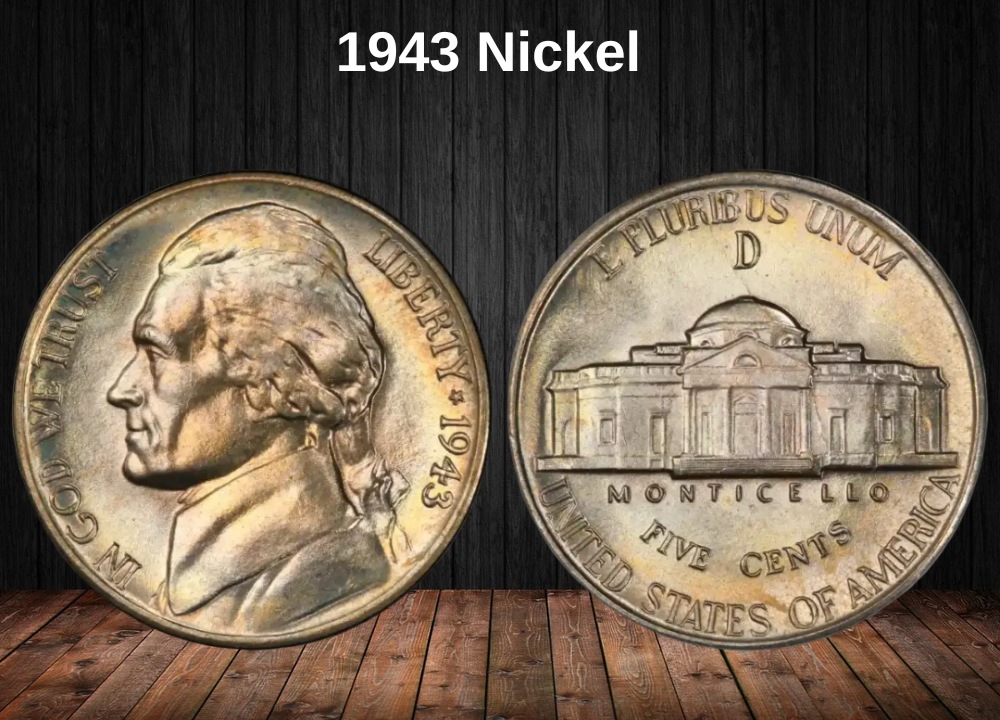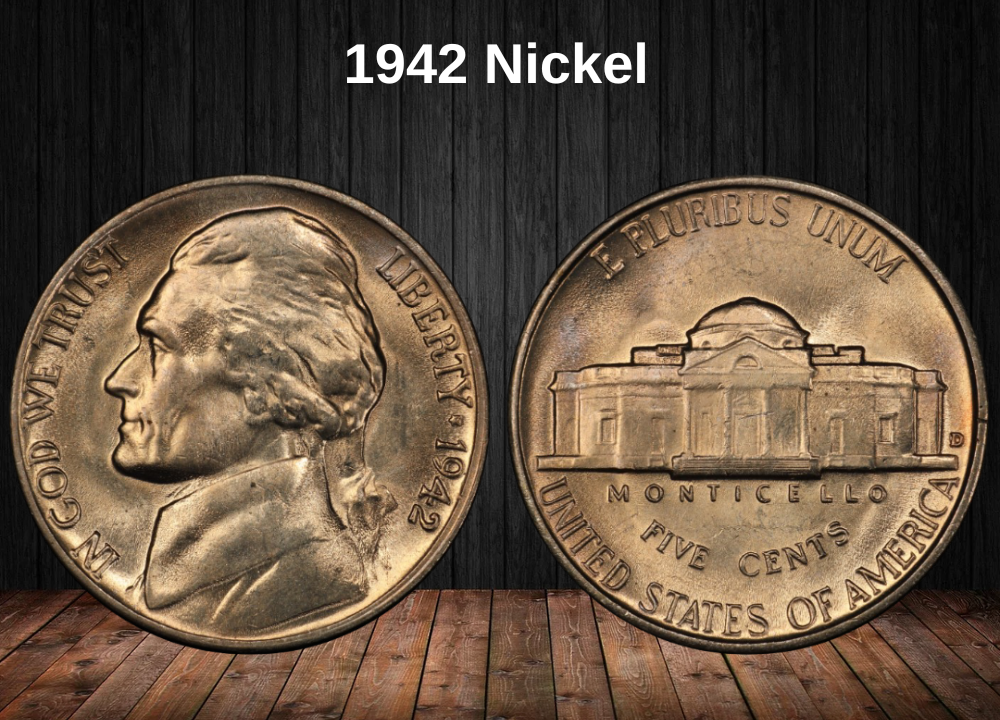The Buffalo Nickel series ran from 1913 to 1938, and while the coins were admired for their artistic design, they posed challenges for minting. The intricate details wore down quickly, both on the dies and the coins themselves. Still, these nickels hold a special place in American numismatic history.
In 1934, only the Philadelphia and Denver Mints produced Buffalo Nickels. The San Francisco Mint did not strike any nickels that year. Despite their age and collectible appeal, most 1934 nickels remain moderately priced, even in better condition—largely due to their decent survival rate.
There were no proof issues between 1917 and 1935, so all 1934 Buffalo Nickels are business strikes.
1934 Buffalo Nickel Value Chart
| Condition | 1934 (P) Nickel | 1934-D Nickel |
|---|---|---|
| Good | $3 | $3 |
| Very Good | $4 | $4 |
| Fine | $5 | $10 |
| Very Fine | $8 | $20 |
| Extra Fine | $15 | $30 |
| About Uncirculated (AU) | $30 | $55 |
| MS 60 | $65 | $100 |
| MS 63 | $125 | $200 |
Note: Prices may vary depending on eye appeal, strike quality, and third-party certification.
History of the 1934 Buffalo Nickel

The Buffalo Nickel—also known as the Indian Head Nickel—marked a shift in American coin design, moving away from traditional symbols like Lady Liberty and toward themes that reflected the nation’s cultural and natural heritage. It was part of a larger push initiated by President Theodore Roosevelt, who believed that U.S. coins should be more artistic and meaningful.
Although Roosevelt called for a redesign in 1904, it wasn’t until 1913 that the first Buffalo Nickels entered circulation. The obverse of the coin features a composite portrait of a Native American man, symbolizing the enduring legacy and hardships of Indigenous peoples. The reverse shows an American bison—often mistaken for a buffalo—once abundant across the Great Plains, representing strength and the wild frontier.
1934 Buffalo Nickel Minting Overview
In 1934, two mints participated in Buffalo Nickel production:
| Mint Location | Coin | Mintage |
|---|---|---|
| Philadelphia | 1934 (no mint mark) | 20,213,003 |
| Denver | 1934-D | 7,480,000 |
| Total | — | 27,693,003 |
The San Francisco Mint did not strike any nickels that year.
Despite their beautiful and symbolic design, Buffalo Nickels were notoriously difficult to produce. Their high-relief features caused premature die wear and led to design elements—especially the date and denomination—wearing down quickly in circulation. Because of this, the series was eventually retired in 1938, replaced by the more mint-friendly Jefferson Nickel.
Even so, the Buffalo Nickel remains a collector favorite, with many seeking high-grade examples or rare errors from key years like 1934.
Features of the 1934 Buffalo Nickel
The obverse of the 1934 Buffalo nickel

The obverse of the 1934 Buffalo Nickel features a striking right-facing profile of a Native American man. Rather than depicting a single individual, this image is a composite portrait based on three different tribal chiefs, representing multiple Native American cultures. Sculptor James Earle Fraser used this blend of features to capture the strength and dignity of Indigenous peoples.
The man wears a traditional feather headdress, with two feathers clearly visible and a third partially hidden behind his neck. This design detail later gave rise to the well-known “Two Feather” error variety, where one feather is missing due to die polishing.
Other key features on the obverse include:
- The date “1934” stamped near the lower left edge of the coin.
- The designer’s initial “F” (for Fraser), located just below the date.
- The word “LIBERTY”, inscribed along the right edge, in front of the profile.
This artistic and culturally significant design helped redefine American coinage, blending realism with historical tribute.
The reverse of the 1934 Buffalo nickel
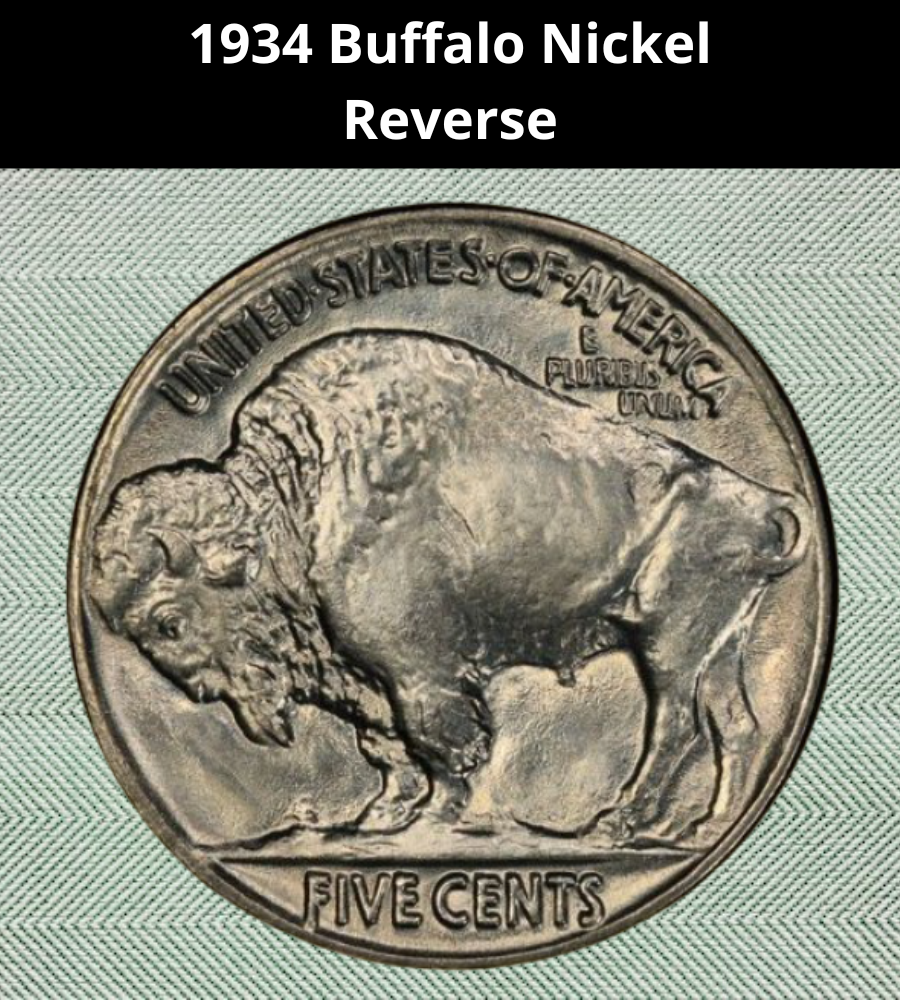
The reverse of the 1934 Buffalo Nickel features a bold depiction of an American bison, often mistaken for a buffalo. The animal is shown standing firmly on flat ground, facing left—a symbol of strength, resilience, and the untamed American frontier.
Unlike earlier Buffalo Nickels, which had the bison standing on a raised mound, the 1934 design uses a flattened ground to reduce die wear during minting. The large central image gives the coin its nickname, although “bison” is the correct term for the animal native to North America.
Surrounding the bison are several inscriptions:
- At the top rim: UNITED STATES OF AMERICA
- Above the bison’s back: the national motto E PLURIBUS UNUM
- At the bottom: the denomination FIVE CENTS
- If minted in Denver, a small “D” mint mark appears just below the denomination.
1934 Buffalo Nickel Specifications
| Feature | Details |
|---|---|
| Face Value | 5 Cents ($0.05) |
| Shape | Round |
| Composition | 75% Copper, 25% Nickel |
| Diameter | 21.2 mm (0.8350 inches) |
| Thickness | 1.95 mm (0.0768 inches) |
| Weight | 5 grams (0.1764 ounces) |
| Edge Type | Plain (no reeding) |
Additional Characteristics of the 1934 Buffalo Nickel
The 1934 Buffalo Nickel follows the traditional specifications set for this iconic series. Each coin is composed of a cupronickel alloy, made from 75% copper and 25% nickel, a blend chosen for its durability and resistance to wear.
In terms of physical properties, the coin:
- Weighs exactly 5 grams (or 0.1764 ounces),
- Has a diameter of 21.2 mm (equivalent to 0.8350 inches),
- And features a thickness of 1.95 mm (or 0.0768 inches).
All coins from this year come with a plain edge, meaning the border is smooth with no ridges or reeding. These specifications were consistent across both Philadelphia and Denver Mint issues for 1934.
How to Grade the 1934 Buffalo Nickel
Grading a 1934 Buffalo Nickel involves evaluating its physical condition, surface detail, and overall appearance. Like most collectible coins, it follows the Sheldon Scale, which ranges from 1 (Poor) to 70 (Perfect Mint State). This scale helps determine the coin’s market value based on its preservation.
You can either:
- Grade the coin yourself by comparing it to known descriptions and images for each grade, or
- Send it to a professional grading service like PCGS or NGC for an official certification, which is often worthwhile for high-grade or rare coins.
However, professional grading isn’t always cost-effective. If your coin is worn and common—say in Good (G4) or Very Good (VG8) condition—the grading fee might exceed the coin’s actual worth.
Common Grades for Buffalo Nickels
| Grade No. | Grade Name |
|---|---|
| 1 | Basal State |
| 2 | Fair |
| 3 | Very Fair |
| 4-6 | Good (G) |
| 7-10 | Very Good (VG) |
| 12-15 | Fine (F) |
| 20-30 | Very Fine (VF) |
| 40 | Extremely Fine (EF/XF) |
| 50 | About Uncirculated (AU) |
| 60 | Mint State (MS60) |
| 65 | Choice Mint State (MS65) |
| 70 | Perfect Mint State (MS70) |
Tip: Always refer to detailed grading guides or certified examples if you’re unsure about the condition of your coin. A proper grade is crucial to accurately determining its value.
1934 Buffalo Nickel Value Guides
1934 No Mint Mark nickel Value
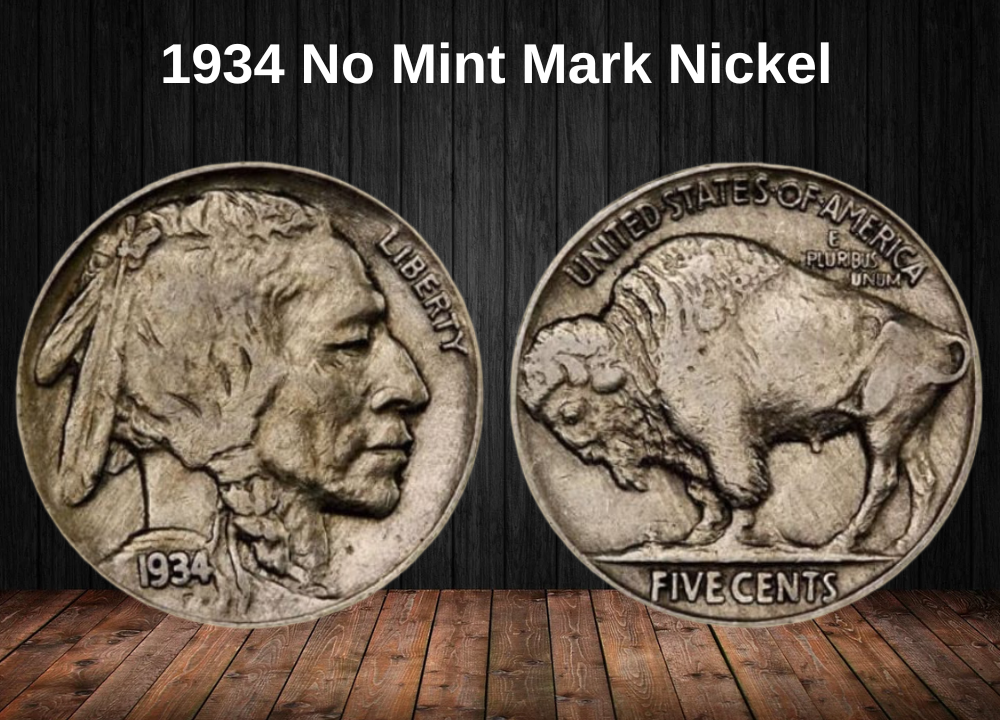
In 1934, the Philadelphia Mint struck 20,213,003 Buffalo Nickels, all without a mint mark as per minting conventions at the time. Despite being nearly a century old, many of these coins remain relatively affordable, especially for beginner collectors.
Coins that have seen circulation usually fall into a $3 to $22 price range, depending on wear and overall detail. Examples in About Uncirculated (AU) condition can fetch around $30.
Uncirculated or Mint State (MS) coins are where values start to climb. Here’s a breakdown:
- MS 60 to MS 64: Typically range between $60 to $200
- MS 65: Worth around $250
- MS 66: Valued at approximately $650
- MS 67: Can command prices up to $3,850
The rarest and most valuable known specimen is graded MS 67+. This standout example sold for $12,000 at auction on October 24, 2019, setting the current record for this date and mint variety.
If you come across a well-preserved 1934 Buffalo Nickel, especially one in the upper Mint State range, it’s worth considering professional grading to unlock its full market value.
1934 D Nickel Value

All 1934-D Buffalo Nickels were minted at the Denver Mint, with a total production of 7,480,000 coins. Each carries a small “D” mint mark beneath the denomination on the reverse side. Despite the Denver mintage being significantly lower than Philadelphia’s, circulated examples from both mints have very similar market values.
Coins that have spent time in circulation — from Good to Extremely Fine condition — generally sell for between $3 and $30. In About Uncirculated (AU) condition, prices rise to around $55.
When it comes to Mint State (MS) coins, values increase sharply. These uncirculated pieces are graded based on their strike quality, eye appeal, luster, and absence of wear. Even minor handling marks or bag rubs can affect the final grade. Here’s a general pricing guide for 1934-D nickels in Mint State:
- MS 60 – $100
- MS 61 – $110
- MS 62 – $125
- MS 63 – $200
- MS 64 – $260
- MS 65 – $475
- MS 66 – $2,350
The rarest and most valuable examples are those graded MS 66+. One such coin made headlines when it sold for a record $23,500 at Legend Rare Coin Auctions on January 30, 2020. That high price reflects both the scarcity of coins in that grade and strong collector demand.
If you believe your 1934-D Buffalo Nickel is in pristine condition, getting it graded could significantly increase its market value.
1934 Proof Buffalo Nickel Value
Unfortunately, there are no known proof Buffalo Nickels dated 1934. The U.S. Mint halted production of proof coins in 1917, and didn’t resume creating proofs for this series until 1936. As a result, collectors cannot find any proof examples from 1934, regardless of condition or grade.
In total, proof Buffalo Nickels were only officially struck in seven years throughout the coin’s lifespan:
- 1913 (Type 1) – 1,520 proofs
- 1913 (Type 2) – 1,514 proofs
- 1914 – 1,275 proofs
- 1915 – 1,050 proofs
- 1916 – 600 proofs
- 1936 – 4,420 proofs
- 1937 – 5,769 proofs
If you’re searching for a premium-quality 1934 Buffalo Nickel, your best bet is to aim for the highest-grade business strike, ideally MS 67 or MS 67+, since no collector-grade proofs exist for that year.
Rare 1934 Buffalo Nickel Errors List
Three-Legged Buffalo Error (1934 Buffalo Nickel)
One of the most popular and intriguing errors among Buffalo nickels is the Three-Legged Buffalo. This flaw occurred due to excessive polishing of the reverse die, which caused the front right leg of the bison to be partially or completely erased from the coin’s design.
In 1934, this error notably appeared on Buffalo nickels minted in Denver. Experts estimate that as many as 40,000 three-legged buffalo nickels may have entered circulation, making them a relatively rare but well-known collectible.
The value of these coins depends heavily on their condition. While circulated examples might fetch a modest price ranging from a few dollars to several hundred dollars, well-preserved mint state specimens can command thousands of dollars among collectors.
Off-Center Error
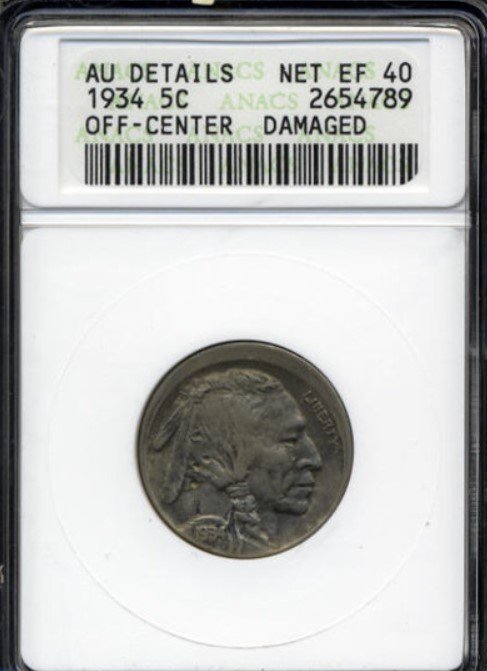
An off-center error occurs when a coin blank (planchet) is incorrectly positioned or moves between the dies during the striking process. This misalignment causes the coin’s design to be struck partially off-center, leaving a portion of the coin’s surface blank.
While the most sought-after off-center coins often show around 50% of the design missing, such extreme examples are virtually nonexistent among the 1934 Buffalo nickels.
However, some nickels minted in Philadelphia display a 10% off-center error, which manifests as a subtle blank area along the rim. These rarer specimens can command prices in the range of $550 to $600, reflecting collector interest in this minting anomaly.
Buffalo Nickel Struck on the Wrong Planchet
This error happens when a smaller planchet intended for a different coin—such as a one-cent copper planchet measuring 0.75 inches (19.05 mm) in diameter—is mistakenly fed into the nickel-striking machine. Since the standard Buffalo nickel planchet diameter is 0.83504 inches (21.21 mm), the smaller size causes part of the design to be cut off.
As a result, important features like parts of the date and lettering are missing. These unusual, copper-colored nickels are highly collectible. For example, a specimen graded MS 62 has an estimated value of $4,600, reflecting its rarity and collector demand.
Strike-Through Error on Buffalo Nickels
This error occurs when a foreign object—such as a piece of debris or metal shaving—gets trapped between the die and the planchet during striking. The object’s outline is then impressed onto the coin’s surface, creating a visible silhouette or raised impression known as a strike-through.
On 1934 Buffalo nickels minted in Denver, this error can appear, although the coin’s already highly textured design may make spotting the strike-through more difficult. Despite that, such coins are sought after by collectors and typically command a value of around $200.
Where to sell your nickel?
Now that you’re aware of your nickel’s value, you may be curious about the best places to sell it. Don’t worry: here’s a rundown of some top online marketplaces where you can conveniently sell your nickels, along with their benefits and drawbacks.
Explore the best platforms for selling nickels online (advantages and disadvantages).
FAQ about the 1934 Buffalo Nickel
1. How does die deterioration throughout the 1934 minting process affect the sharpness and collectible value of Buffalo Nickels from different mints?
Die deterioration leads to a gradual loss of detail in the coins struck later in the die’s life. In 1934, the Denver and San Francisco mints often showed more pronounced die wear, resulting in softer details on features like the buffalo’s fur and Native American’s profile. Early strikes with sharper details are more desirable and valuable. Philadelphia coins generally have better strike quality, making high-grade examples somewhat more common and accessible to collectors.
2. What are the known repunched mint mark (RPM) and doubled die varieties for 1934 Buffalo Nickels, and how do these impact rarity and collector demand?
Several RPMs exist, particularly on the Denver “D” mint mark, showing overlapping impressions. Doubled dies are less common but have been documented on date numerals and some letters. These varieties increase a coin’s rarity and appeal, often commanding a premium among collectors who specialize in error coins or variety collecting.
3. How did economic and industrial factors in 1934 influence the production quality and error rates observed in Buffalo Nickels that year?
The lingering effects of the Great Depression constrained mint resources and workforce, contributing to longer die usage and occasionally compromised quality control. This resulted in higher error rates, including die cracks, weak strikes, and planchet imperfections. These conditions make some 1934 Buffalo Nickels more interesting to collectors seeking minting anomalies.
4. In what ways can detailed die state analysis help identify early versus late strikes in 1934 Buffalo Nickels, and what significance does this have for grading and valuation?
Die state analysis involves studying wear patterns, crack development, and polishing marks. Early die states exhibit sharper relief and minimal damage, whereas late states show softened features and die defects. Coins attributed to early states tend to have higher collector value due to their superior strike quality and relative scarcity.
5. What preservation challenges are common for 1934 Buffalo Nickels given their copper-nickel alloy, and what storage recommendations optimize long-term condition?
Copper-nickel alloys are prone to toning and corrosion if exposed to moisture or acidic environments. To preserve 1934 Buffalo Nickels, collectors should use inert holders (e.g., Mylar or certified slabs), avoid PVC-containing plastics, maintain stable, low-humidity storage conditions, and minimize direct handling to prevent oils and dirt from damaging surfaces.
6. How do high-grade examples of 1934 Denver and San Francisco Buffalo Nickels compare in market demand and value relative to Philadelphia issues?
High-grade Denver and San Francisco 1934 Buffalo Nickels are scarcer and typically command higher prices than Philadelphia issues, which are more common in better condition. The relative scarcity combined with collector demand for mint-specific pieces makes Denver and San Francisco coins especially desirable at top grades.
7. How have auction trends and population reports in recent years influenced the investment potential of 1934 Buffalo Nickels?
Auction data and population reports reveal increasing demand for well-preserved and error varieties of 1934 Buffalo Nickels, driving price appreciation. Limited certified populations in top grades contribute to scarcity premiums. This trend reflects a broader collector interest in early 20th-century U.S. coinage, making 1934 Buffalo Nickels attractive long-term investments.

